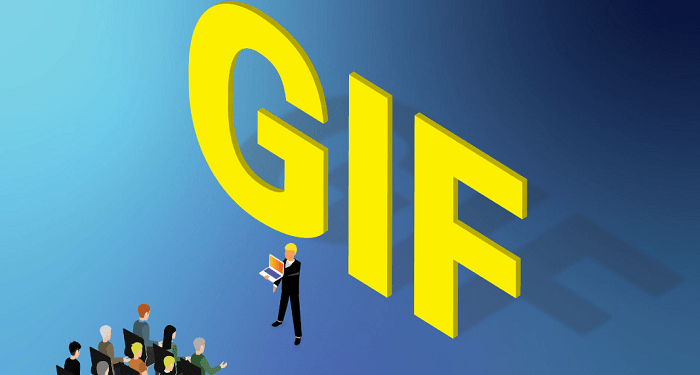The Graphics Interchange Format, or GIF, is a common format for web images. The format uses compression techniques and software programs to store data in indexed color. It carries a maximum of 256 colors, making it an ideal format for websites and banners. Although the format was introduced to the internet in 1987 by CompuServe, it has since gained popularity and is widely used in websites. GIF files use eight bits per pixel, which means they can carry a wide range of colors.
Graphics Interchange Format is a digital image format that was developed in 1987 by the CompuServe team. It is a standard that allows for the compression of images without compromising on image quality. Graphics Interchange Format is a simple, low-size file format, which makes it easy to share. Its 256-colour limit makes it suitable for displaying animated images, such as cartoons. There are two kinds of GIF: transparent and indexed.
Unlike animated GIFs, transparent images are not affected by the flashing of ads. The format is still available on mobile devices, including smartphones and tablets. While gifs are popular in the web, they can sometimes be overkill. Be sure to consider the tone of your content before posting any gifs. Web banners are an excellent place to incorporate moving images. And if you’re not sure which format to use, a Google search will help you decide.
Despite its wide popularity and widespread use, GIF has limited colour space. Its 256-color limit makes it less suitable for reproducing color photographs. Fortunately, its limited palette means that a GIF file can be smaller than a photo, making it easy to share on social media and email. A GIF file can be compressed to a size of four bytes and still look vibrant and sharp. You can even embed GIFs in Google’s keyboard.
The correct pronunciation of GIF is “JIF”, which was invented by Steve Wilhite. However, it’s a mistake to call it “GIF.” The correct pronunciation is ‘JIF’. However, you shouldn’t use this name for its full name, because you’ll confuse the two acronyms. It is a much simpler word, so don’t be intimidated by the jars.
Besides being widely supported, GIF files are easier to create and share. Most photo-editing software is compatible with GIF files. Unlike PNG files, GIFs don’t require downloading, so they are easy to share. As an added benefit, GIFs don’t need a large amount of space on the web, making them ideal for web content. However, you should keep in mind that the file size is much smaller than a normal video.
While GIF was not intended for animation, it has recently become an attractive format for storing multiple images in a single file. The GIF89a spec added the “Graphic Control Extension” (GCE), a specification that lets images be painted with time delays, making them a suitable medium for animations. In an animation GIF, each frame in the sequence introduces a Graphic Control Extension (GCE), which specifies a time delay between the first and last frames of the animation.













